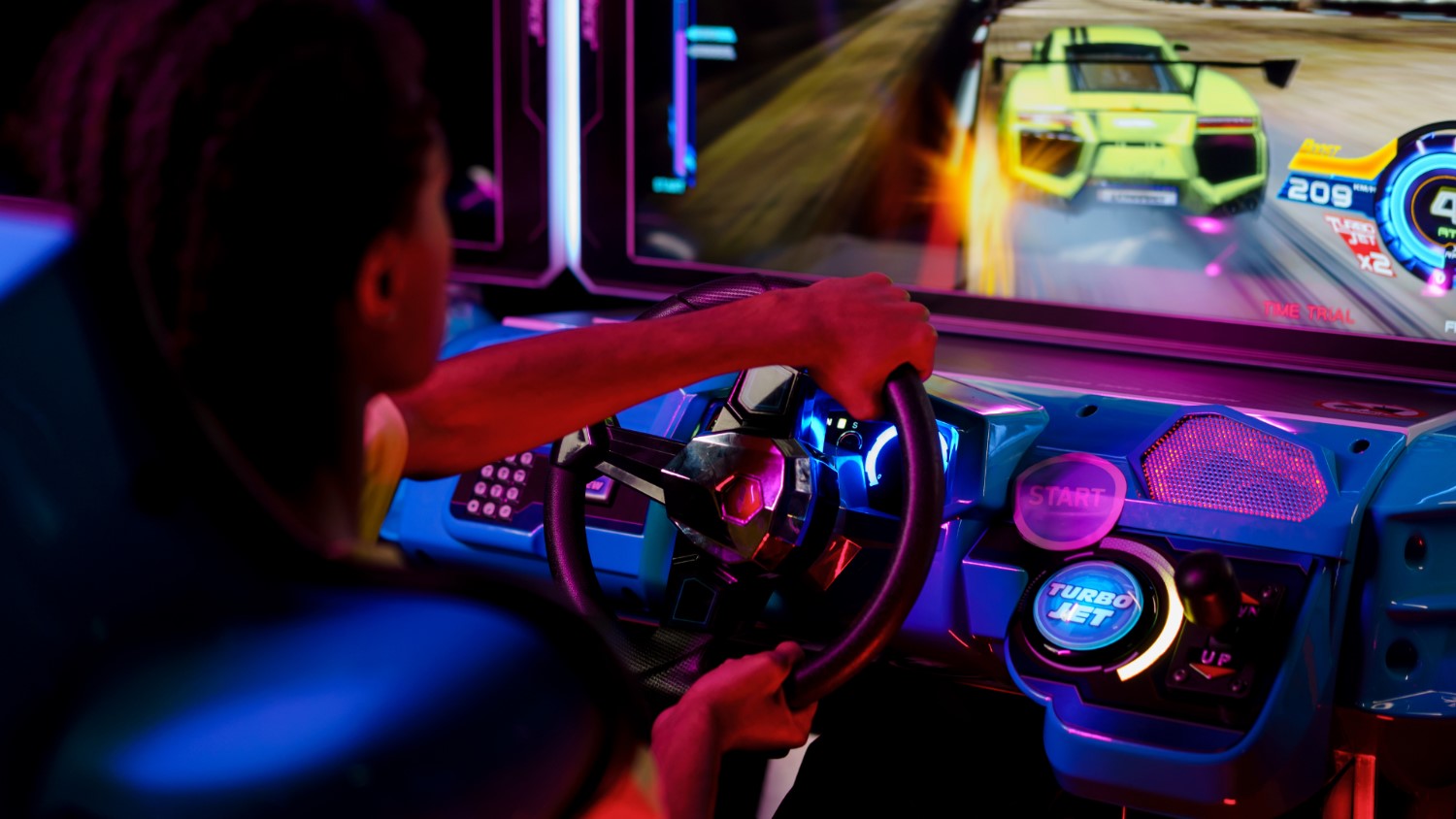Electric Online Racing Games Reflect Modern Automotive Industry Trends
Under the noise of tire screeches and the fast movement, a silent change is happening inside online racing games. A genre that was defined by fuel, fire, and horsepower—has started to copy the evolution of real-world automotive technology.
Electric vehicles used to be mere digital trackhouse curiosities; now they are major players representing an industry that is rapidly changing its focus toward sustainability.
The Shift from Gasoline to Electric
The initial racing games made obeisance to the internal combustion engine. They attracted players with high-revving sports cars, and turbo lag—noting and shifting—a digital tribute to Formula 1 and Le Mans.
But electric racing has come into the digital arena in the last few years with remarkable accuracy. Much like how gates of olympus redefined visual spectacle in slot gaming, virtual representations of Tesla’s Plaid Mode or the smooth silent drift of Formula E cars are now parts of popular racing simulators.
Some titles even model battery performance and charging strategies, giving players not just control of the car, but of its energy efficiency. While traditional vehicles still dominate many leaderboards, electric entries are increasingly competitive—and symbolic of the broader narrative in mobility.
Designing the Feel of Silence
One of the defining characteristics of electric vehicles, real and virtual. Quietness. And that presents a problem in gaming. For developers who once relied on the visceral growl of an engine to convey speed, they must now find other ways to simulate velocity–wind resistance, tire grip, road texture.
This has led to the present day of ambient rather than brute motion detail in sound design. This is evident in Gran Turismo, Forza Horizon, and other titles. Electric cars purr, whine, or shimmer their sonic selves depending on how fast they are going and their environment. Not all players like the rumble of a V8, but more are coming to enjoy the futuristic calm of a battery-powered machine.
This technical adjustment reflects the practical challenge that manufacturers face. Since there is no engine noise, electric vehicles have to find new ways to create sensations—through design, through response, or by artificial engine sound. It turns out that the gaming industry is treading this same path.
Sustainability Beyond the Simulation
No longer content with electric powertrains, many video game developers are introducing mega ideas of sustainability into their games. From in-game economies that use money saved from efficient driving up to seasonal updates that are centered around environmental campaigns.
A handful of games have gone a step further in linking player achievements with real-world activities such as tree-planting promises and carbon offset programs that are connected to community challenges.
The initiatives are small yet significant. It is a fusion of digital entertainment and environmental consciousness. In the genre, where it was previously all about extravagance — speed, noise, destruction — there has arisen a blank canvas ideal for moderation and strategy.
No longer are the cars only transformed, but so is the idea behind them. The new fact is that developers are not only reflecting the industry through their creations, they are helping to create its image in the public view, albeit in subtle ways.
Influence of Real-World Motorsport
Formula E and the electrification of Le Mans have done much to validate electric racing in all its formats. Where official motorsport bodies invest, game studios tend to follow. This brings in licensing deals for authenticity and technical data from real teams to help fine-tune the simulation.
These games teach players—usually younger audiences—about the complex details of electric racing: energy recovery, cooling systems, tire care. What used to be specialized knowledge is now part of general play.
Through these games, players learn not only how to race but also how to manage resources. In the process, they come to assume a mindset increasingly held by engineers and drivers around the globe—where efficiency is not the enemy of performance but its evolution.
What Comes Next: Charging Ahead
The future of electric online racing games seems to be targeting even deeper integration with automotive tech. As electric vehicles develop and add autonomous features plus vehicle-to-grid communication and AI-based traction control, these elements will likely find their way into gameplay.
Online races wherein the pits strategize for dynamic battery swaps, or where weather charge cycles and regenerative braking is another possibility. Another discussion is that games shall make testing environments for actual-world EV design.
Auto firms have already employed simulators in developing and pretesting electric prototypes. Eventually, the trend of virtual versus physical testing may blur even more. Another factor is esports. With the growth of pro racing leagues—some of them connected to car giants—electric cars could rule the podiums of the future, both on asphalt and in digital stages all around the world.
In closing
Electric online racing games are above mere aesthetic trends— they mirror the automotive landscape, which is gradually shifting. By making energy management, silence, and sustainability integral to the gameplay, developers give players an insight into where mobility is headed.
As the distinction between road and screen gets blurrier with every passing moment, it may someday be that the roar of the engine has to make way for the whisper of innovation. Electricity is no longer a curiosity in either setting— garage or game. It has become the normal.
